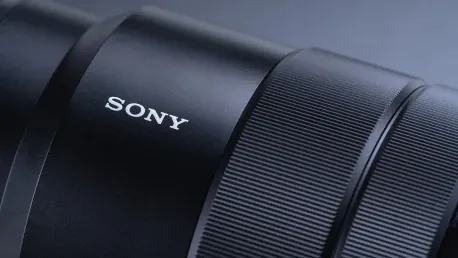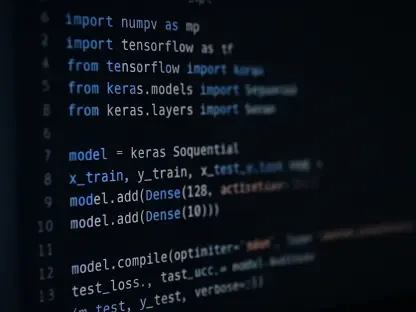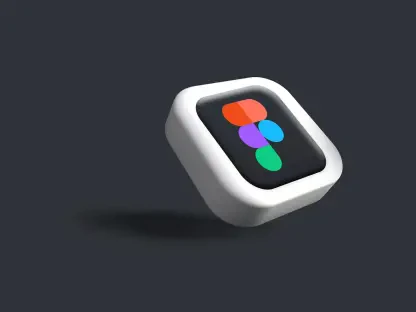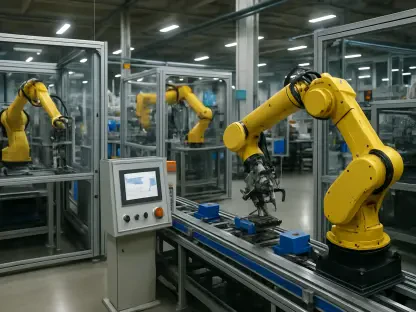Sony India has taken a significant step forward in enhancing 3D content creation and viewing experiences by launching SDK version 2.4.0 for its Spatial Reality Displays (SRD). The new update is set to redefine how users engage with 3D visuals by introducing a plethora of features designed to cater to modern needs. Among the standout additions, the update now supports various multi-display setups, offers viewer engagement tracking via logs, and brings expanded compatibility across several platforms. For users who require multiple displays, the new configurations—vertical, horizontal, and grid arrays—promise to elevate the visual impact significantly, making these setups ideal for a range of applications from gaming to industrial design.
Multi-display setups are only part of the story. The viewer log feature provides a treasure trove of data, revealing insights into the number of viewers and their viewing durations. This is particularly useful for content creators looking to optimize their materials for their audiences. By understanding how long viewers engage with specific content, creators can make more informed decisions to enhance viewer experiences. It is not just about providing more data; it is about making that data actionable and meaningful. Expanded platform compatibility further makes SDK 2.4.0 a versatile tool. With new support for Unreal Engine 5.4, Unity Plugin DX12, and OpenXR, integrating the SDK into existing workflows is more straightforward than ever, thus minimizing the adaptation period for users.
Enhancements to Integration and Viewing Quality
The update enhances compatibility with OpenUSD-based experiences on NVIDIA Omniverse, facilitating real-time manipulation of 3D assets. This makes it easier for creators to perfect their 3D models and environments with an unprecedented level of detail and interactivity. By supporting a wide range of platforms and tools, Sony ensures that its Spatial Reality Displays are accessible to a broad audience, from professional developers to hobbyists. The forthcoming firmware update, version 1.30.00 for the ELF-SR2 model, is another game-changer. Slated for release in late November 2024, the firmware offers several improvements, including facial recognition enhancements for smoother 3D visuals and expanded color gamut support to DCI-P3 and Rec.2020 standards for more vibrant colors.
The firmware will also introduce side-by-side stereoscopic 3D viewing, a feature that aims to deepen user immersion in 3D experiences. Activating this can be done easily via the function (Fn) button, allowing users to switch modes seamlessly. A broader color gamut means more lifelike visuals, making everything from virtual reality to professional 3D modeling look more realistic and engaging. These updates indicate Sony’s relentless pursuit of enhancing the 3D viewing experience to meet current and future demands.
Sony’s Commitment to Advancing 3D Technology
Sony India has made a noteworthy advancement in 3D content creation and viewing by releasing SDK version 2.4.0 for its Spatial Reality Displays (SRD). This latest update is poised to transform user engagement with 3D visuals through a variety of new features tailored for contemporary demands. Among the most prominent additions is support for multiple display setups, offering configurations in vertical, horizontal, and grid arrays. These configurations greatly enhance visual impact, proving highly beneficial for applications ranging from gaming to industrial design.
A key feature is the viewer log capability, which provides valuable data on the number of viewers and their viewing times. This is an essential tool for content creators aiming to optimize their materials based on audience engagement. By analyzing how long content captivates viewers, creators can make data-driven decisions to improve the user experience. The aim is not just to offer more data but to make it actionable and meaningful.
Additionally, the SDK 2.4.0 boasts expanded platform compatibility, including support for Unreal Engine 5.4, Unity Plugin DX12, and OpenXR. This makes integrating the SDK into existing workflows easier, reducing the time users need to adapt. Through these enhancements, Sony is setting a new standard in 3D spatial reality, marrying advanced technology with user-centric design.









